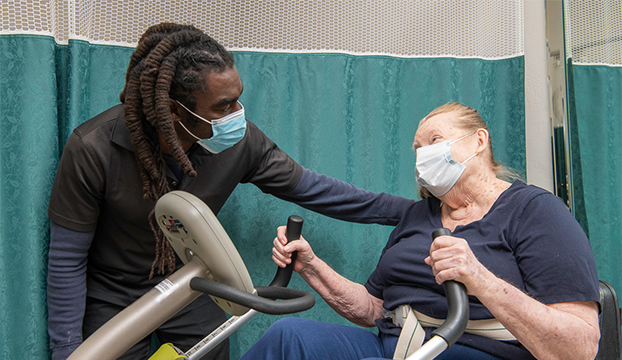Exploring the Effect of Hands-on Therapy Methods on Alleviating Muscle and Joint Discomfort and Enhancing Client Outcomes
Exploring the Effect of Hands-on Therapy Methods on Alleviating Muscle and Joint Discomfort and Enhancing Client Outcomes
Blog Article
Hands-on therapy techniques are hands-on approaches used by healthcare providers to address musculoskeletal pain. Such methods include different types of manipulation and movement of the human muscles and joints. The objective of manual treatment is to relieve pain, enhance mobility, and boost overall function. Numerous people experience musculoskeletal pain due to injuries, suboptimal posture, or disorders like joint inflammation. By using manual treatment, practitioners aim to tackle these issues and help patients regain their standard of life.
One common hands-on therapy method is vertebral adjustment. This technique involves using controlled force to the vertebral column to improve alignment and reduce pain. Research has shown that vertebral adjustment can be beneficial in treating lower back pain and neck pain. Another technique is soft tissue manipulation, which concentrates on reducing tightness in the muscles and soft structures. This can help alleviate rigidity and enhance range of motion, making it easier for patients to navigate without discomfort. Both methods can be tailored to meet the specific needs of each client, ensuring a personalized approach to treatment.
In addition to discomfort alleviation, manual treatment can improve client results in multiple aspects. For example, it can improve blood flow, which helps deliver oxygen and nutrients to the affected regions of the system. Better circulation can also encourage recovery and alleviate swelling. Additionally, hands-on treatment can help patients develop better body consciousness, which is crucial for avoiding future injuries. By understanding how their bodies move, patients can make better knowledgeable decisions about their activities and posture, leading to sustained advantages.
The efficacy of manual therapy is often supported by patient feedback. Many individuals report notable gains in their discomfort intensity and overall performance after undergoing care. This favorable reaction can lead to increased motivation for patients to participate in rehabilitative exercise and rehabilitation exercises. When patients feel better, they are much likely to engage in their rehabilitation process, which can additionally improve their results. This collaborative approach between the provider and the patient is essential for attaining enduring pain management for osteoarthritis outcomes.
In conclusion, manual treatment methods play a vital role in alleviating muscle and joint pain and improving client results. By using methods such as vertebral manipulation and soft connective tissue manipulation, healthcare professionals can help clients recover mobility and alleviate pain. The benefits of manual treatment go further than instant discomfort relief, as it also promotes recovery and encourages patients to take an proactive role in their rehabilitation. As an increasing number of individuals look for effective treatments for muscle and joint concerns, manual treatment remains to be an essential choice in the field of medicine.